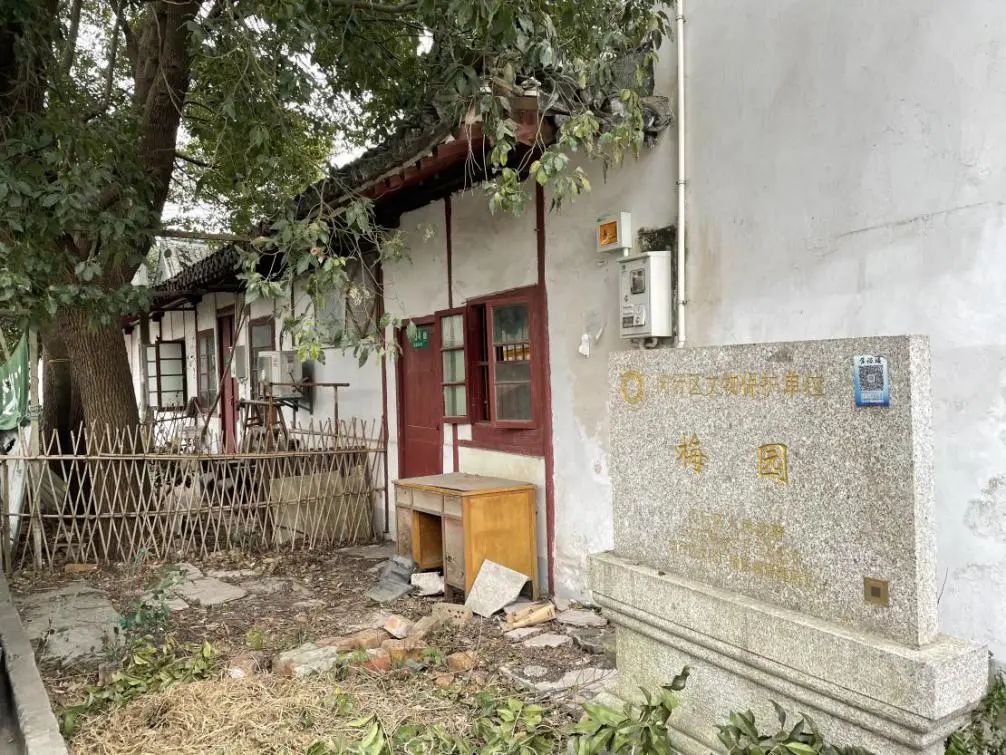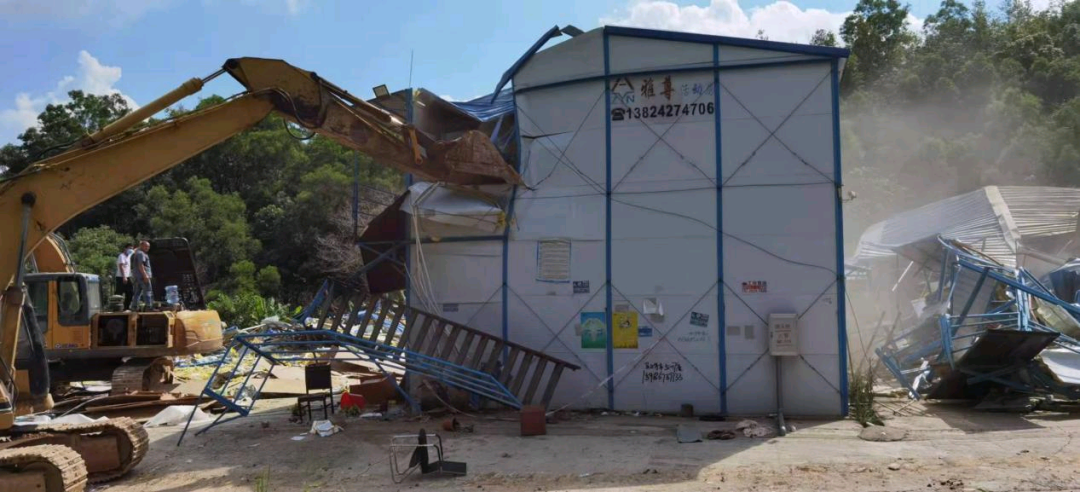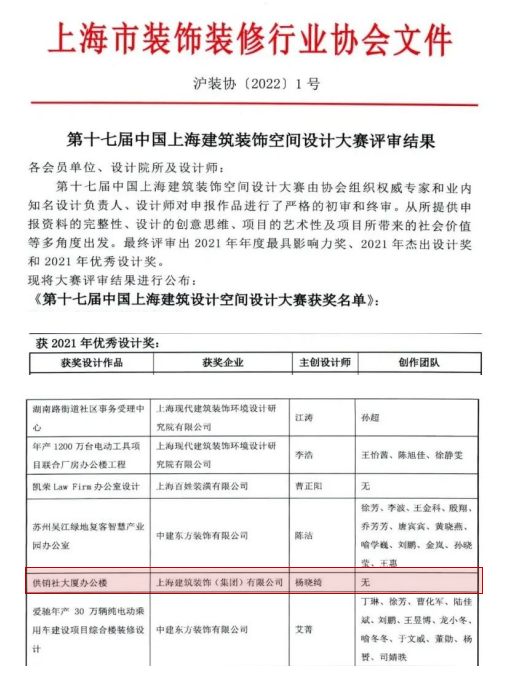Zhaojialou ancient town is located in Pujiang Town, Minhang District (in the innovation village of Pujiang town)
. 
It originated in the early Yuan Dynasty and spanned the three dynasties of yuan, Ming and Qing Dynasties
. 
Today, it covers an area of 150 mu
. 
According to records, the current Zhaojia building was still a coastal place in the Northern Song Dynasty, only about 30 miles away from the Hanhai pond
. 
The seawall reaches Wusong River in the north, Pukou in the South and Jinshanwei in the south
. 
Outside the seawall is the vast sea, and inside the seawall is the vast plain
. 
This broad and boundless land is the area first known as “Pudong”
. 
At this time, Pudong is still in the primitive ecology of “two or three miles at a glance, four or five smoke villages”, blue sky, white cranes flying, wild pond and spring grass fertilizer
. 
After the Southern Song Dynasty moved its capital to Lin’an (now Hangzhou), farmers, scholars and officials in the Central Plains went south with the regime, and some of them moved to the area of zhaojialou
. 
A large area of virgin land to be reclaimed and a large number of labor force have inspired the idea of reclamation in the talk of virtue
. 
So he took advantage of the government’s policy of “reclaiming wasteland can be exempted from three years of grain” to “recruit exiled people” to reclaim wasteland and farm, thus revealing the reclamation history of his family and Pudong
. 
In order to facilitate the convening and management of reclamation farmers, Tan Dezhong built a platform style small building at the North Street of today’s zhaojialou Town, which is named because “the small building is specially used to summon farmers”
. 
In order to strengthen effective management, Tan Tian transformed the platform type “Zhaojia building” into a bell tower, “hanging a big bell”
. 
Ring the bell every day to call the ploughmen scattered near the Zhaojia building to work in the field and go home to rest
. 
With the rapid development of land reclamation, a large number of land reclamation farmers settled around the zhaojialou area according to local conditions, and the subsequent merchants, gentry and literati also built houses near the zhaojialou
. 
Zhaojialou became more and more popular and gradually became a prosperous market town
. 
With the change of years and the evolution of villages and cities, zhaojialou has accumulated more than 800 years of humanistic history
. 
In 2005, Zhaojia building was announced as Shanghai historical and cultural style reserve
. 
In 2008, Zhaolou ancient town officially started its restoration and transformation
. 
Its transformation adheres to the principle of “repairing the old as the old”, and reproduces the glory of the past
. 
In only 18 months, the first phase of the project was basically completed, and the wisdom and skill restored the style of the ancient town
. 
In May 2010, zhaojialou street in Chongguang was opened, and the ancient town in front of people was shining
. 
The T-shaped streets are facing the city river; The sparkling yaojiabang and Fuxing port stretch in a cross shape; The new green willows and jagged houses nestle beside the river, showing the calm, calm and honest cultural texture of rural ancient towns
.
Zhaojialou was announced as the most beautiful village in Shanghai in 2011 and became a national 4A tourist attraction in 2015
.
Among them, Liyuan was announced as Shanghai Science Popularization Education Base in 2013
.
Zhaojia building has many well-known houses, old houses, traditional streets, ancient bridges and rivers
.
Horse riding wall, lotus wall, blue brick and black tile buildings full of the cultural charm of the Ming and Qing Dynasties
.
The main housing forms in the suburbs of ancient Shanghai can be seen at a glance
.
Many buildings have been baptized by the sun, moon, wind and frost
.
Although they are dilapidated, they are still unique
.
The story of Zou Jiali and Lu Yubo’s hometown is the first generation of famous people in Shanghai
.
With profound culture and a large number of celebrities, it has the reputation of Haiqu Zou Lu
.
Qin Yubo, the city god of Shanghai, was born in the second year of Yuan Yuanzhen
.
He lives in changshouli, Shanghai (now Qinlao village, Pujiang Town, Minhang District)
.
He was the eighth grandson of Qin Guan, a famous writer of the graceful School of poetry in the Song Dynasty
.
After his death, he was granted the title of Shanghai City God by the emperor Taizu of the Ming Dynasty
.
In the 11th year of Tongzhi reign of the Qing Dynasty, Jin granted Yubo as the Duke of protecting the sea
.
In the first year of Yongle of the Ming Dynasty (1403), when ye Zongxing heard that the imperial court asked the people for water control suggestions, he began a field investigation, found out the reasons why the lower reaches of Taihu Lake will rise in case of rain, and boldly put forward his own water control strategy
.
His thought of water control fundamentally overturned the narrow and conservative water conservancy thought of predecessors and opened a new idea of river control for future generations
.
After the dredging of Dahuangpu, the people lived and worked in peace and contentment, and the economy was booming, which provided unique conditions for the development of Shanghai in the future
.
The memorial garden of the clock in Zhaojia building was originally the site of Xi’s “benevolence hall” in Zhaojia building in the Qing Dynasty
.
In 2005, the government and the countryside invested in repairing and building the memorial garden
.
There are Yixiu Pavilion, Wanghai Pavilion, boat boat, library, flower hall, etc
.
in the park, the winding path back corridor, step by step, and two lakes of cloud and crane, separated by a long corridor, connected with laoyaojiabang and Fuxing port
.
The winding water is connected, forming a network vertically and horizontally, forming the characteristics of gardens in the south of the Yangtze River
.
There are exhibition halls or memorial halls of Qin Yubo, ye Zongxing, Huang Yanpei, Gu Zhen, Qin Yi and other deeds in the present ceremony park
.
Meiyuan Meiyuan, formerly known as “Meiyue”, is located at No
.
1-48, group 13, Gexin village, Pujiang town
.
It is adjacent to liujiazhai River in the East, Xiaogang River in the West and about 300 meters away from Zhaolou old town in the north
.
The old house surnamed Xi has 99 rooms
.
It was built in the Qing Dynasty, covering an area of about 3232 square meters and a construction area of about 2057 square meters
.
After the founding of new China, it was nationalized and is now a public rental house for folk houses
.
The courtyard sits in the north and the south
.
On the central axis, there are three entry and one floor buildings, all of which are brick and wood structures and green tile hard mountain roofs
.
The entrance of the courtyard is located in the East
.
The main building surface in the courtyard is 13 bays wide, the depth of the first main house is six, the depth of the middle and rear houses are eight, and the wooden beams of the hall are carved
.
Wing houses are built on the East and west sides, and the gables at both ends are in the shape of Guanyin pocket
.
The Qianjin and Zhongjin patios are longitudinally divided into three sets of courtyards by two corridors, and the day after tomorrow is surrounded by high brick walls
.
Most of the architectural facades in the plum garden have changed today, but its large scale, complete main structure and layout and fine workmanship are only seen in today’s area
.
It is an ancient large house with high historical and artistic value
.
On December 3, 2003, Meiyuan was announced as a cultural relics protection unit in Minhang District
.
Xi’s ningjiantang house Xi’s ningjiantang house is located at No
.
2, group 12, Gexin village, Pujiang town
.
Xiaogang in the Near East is to the East, liujiazhai river is to the west, and Zhaolou old town is about 300m to the northwest
.
It was built in the late Qing Dynasty by Xi Yanzi (1876 ~ 1940), a person from Zhaolou, covering an area of about 509 square meters and a construction area of about 392.6 square meters
.
The house was once owned by the public
.
It was returned to Xi in early 1980 and then sold off
.
Xi only retained the woodcut plaque of “Ning Jian Tang”
.
The main house in the east half of the house is a public house, and the two wing rooms belong to the surname Zhang; The property right of the western half belongs to the family surnamed Zhong
.
The house is located in the north and south, with a “one front and two compartments” triad layout
.
The building is a brick wood structure with one floor, bucket type beam frame and green tile hard mountain roof
.
A brick instrument door is built at the south entrance of the courtyard, and the admission door is a rectangular patio covering an area of 116.4 square meters
.
The main roof is seven bays wide and six boundaries deep
.
The gable of the hard mountain roof is connected with the wing room, which is combined with the slope roof
.
The shape is similar to the Xie peak, and the ridge is decorated with gray plastic
.
The main beam is carved with wood, and the story figure is carved on the Fang wood; The original stained glass remains on the North window of the West secondary room
.
The wing rooms on the East and west sides are two bays wide and six boundaries deep
.
Xi’s ningjian hall house has a large building volume
.
Although some parts of the building have been slightly reconstructed and damaged, and the carvings on the lintel of the instrument door are slightly missing, the main structure and shape are still intact, the wood carvings are exquisite, and the surrounding environment has a historical appearance
.
It is a representative traditional residential house in this area, with high historical, scientific and artistic value
.
On August 6, 2009, it was announced as a cultural relics protection unit in Minhang District
.
Xi Jia Gong Shou Tang residence Xi Jia Gong Shou Tang residence, located at No
.
44, 46 and 48, Baonan street, Zhaolou, Gexin village, Pujiang Town, is an old Xi residence, originally covering an area of more than 3300 square meters and a construction area of more than 2450 square meters
.
It was built in the Guangxu period of the Qing Dynasty.
.




